Mr. Jonathan Newby - Director of the International Cassava Program (CIAT Center) inspects newly harvested cassava tubes at the Tay Ninh Agricultural Experimental Center.
Currently, the province's annual cassava growing area is over 62,000 hectares, the second largest in the country after Gia Lai ; the average yield is 33 - 35 tons/ha (1.7 times higher than the national average yield), ranking first in the country.
Not meet the demand
However, according to experts, continuous intensive cultivation has created conditions for many diseases to develop and cause harm to cassava plants, including root rot (tuber rot) discovered in 2014 and mosaic disease first discovered in mid-July 2017, affecting cassava yield and quality.
According to a survey by the Department of Agriculture, in the 2023-2024 Winter-Spring crop, in Tay Ninh province, more than 300 hectares of cassava were affected by collar rot disease. The diseased area spread across major cassava growing districts such as Tan Chau, Tan Bien, Duong Minh Chau and continued to spread.
Typical symptoms of root collar rot are lesions that appear at the root collar (the part that touches the ground), then spread to cover the entire circumference of the root collar, causing the base of the stem to shrink, crack, ooze dark brown sap, become wet and rot. Cassava leaves turn yellow and wilt suddenly. The disease spreads down to the tubes, causing them to rot.
As for mosaic disease, this is a dangerous disease that causes great damage to yield and starch quality, and there is currently no specific treatment. From 2018 to present, the Department of Agriculture and Rural Development of Tay Ninh has coordinated with the Institute of Agricultural Genetics, the International Center for Tropical Agriculture (CIAT), and the Hung Loc Agricultural Research and Experimental Center (Hung Loc Center for short) to conduct research, testing and evaluation of many potential cassava varieties with disease resistance, suitable for the natural conditions of the province and the Southeast region. As a result, up to now, 6 cassava varieties resistant to mosaic disease have been selected and announced for circulation by the Ministry of Agriculture and Rural Development, including: HN1, HN3, HN5, HN36, HN80, HN97.
New Cassava is pulled up for experts to inspect and evaluate.
These varieties have shown positive signs when put into use, but research units continue to survey, crossbreed and select new cassava varieties that not only have genes resistant to cassava mosaic disease but also have high yield and tuber quality, and are resistant to typical on cassava plants such as diseases root rot, witch's broom, etc.
There will be new varieties
On October 14 and 15, the Department of Agriculture and Rural Development of Tay Ninh, in coordination with CIAT and Hung Loc Center, harvested and evaluated varieties with the potential to resist leaf mosaic disease that have been tested and continuously selected at the Tay Ninh Agricultural Experimental Center (Thai Binh Commune, Chau Thanh District) since 2021. Compounding, after this harvest, it is expected that there will be about two new varieties with genes resistant to leaf mosaic disease and common diseases on cassava plants, with higher starch quality than or equal to previous varieties.
Mr. Jonathan Newby - Director of the International Cassava Program (CIAT Center) said that since the cassava mosaic disease began to appear in Vietnam, the center and specialized units in the agricultural sector have conducted tests to find a number of varieties with genes resistant to this disease. In order to continue researching and improving the quality of cassava varieties that are both resistant to mosaic disease and have high quality yields, suitable for local soil conditions, since 2021, the CIAT Center and specialized units in the agricultural sector have implemented crossbreeding between varieties with mosaic disease resistance genes and potential varieties in Vietnam.
The stake records the test variety number.
This process is carried out continuously, each year the center selects and tests about 1,000 new lines to be able to select good disease-resistant varieties. This is the fourth year of implementation, CIAT hopes to be able to select about 5 - 10 potential lines to be recognized and put into production.
Mr. Ha Thanh Tung - Director of Tay Ninh Agricultural Extension Center said that after this harvest, experts will have a specific assessment of some varieties that meet the requirements of mosaic disease resistance, powder quality and good yield to make a process to request the Ministry of Agriculture and Rural Development to recognize and grant a circulation license, from which the Agricultural Extension Center will quickly deploy the work of propagating new varieties to meet the needs of the people.
According to Mr. Tung, in order to diversify the new variety set that is resistant to mosaic disease, has higher yield and starch quality, and can withstand some common diseases, especially cassava root rot, in the coming time, the Provincial Agricultural Extension Center will advise the Department of Agriculture and Rural Development to coordinate with CIAT and Hung Loc to continue testing and evaluating more new cassava lines and varieties, searching for new promising varieties in Tay Ninh province.
It is expected that the new cassava variety will overcome the limitations of previous varieties.
Mr. Nguyen Dinh Xuan - Director of the Department of Agriculture and Rural Development said that Tay Ninh is one of the provinces with the largest cassava area and productivity in the country. In recent years, Cassava has been one of the crops with high economic value, helping farmers develop their economy and stabilize their lives.
However, the cassava mosaic disease outbreak in Tay Ninh since 2017 has infected thousands of hectares of cassava in the province, seriously affecting the productivity and quality of cassava products.
Mr. Nguyen Dinh Xuan - Director of the Department of Agriculture and Rural Development (second from right) surveyed the cassava harvesting work at the Tay Ninh Agricultural Experimental Center.
With the efforts of domestic and foreign scientists in research, breeding, testing and selecting, there are now a number of varieties that have been recognized and licensed for circulation. However, when these varieties are grown in the field, they reveal many different disadvantages. For example, the HN5 variety has a large trunk, large tubes but the starch content is not high; the HN1 variety is very successful in terms of productivity and starch quality but is affected by other diseases such as root rot, stem rot or dragon's broom on the top...
According to Mr. Nguyen Dinh Xuan, the viewpoint of Tay Ninh agriculture sector is not to increase the area of cassava cultivation but to increase productivity and quality on the same area. Therefore, the Director of Tay Ninh Department of Agriculture and Rural Development hopes that after this harvest and evaluation, scientists will continue to find some new varieties that can not only resist mosaic disease but also resist many other diseases, at the same time, overcoming the obstacles of previous varieties, helping to improve the productivity and quality of cassava in the province.
Minh Duong
Source: https://baotayninh.vn/trien-vong-co-them-giong-mi-moi-khang-duoc-benh-kham-la-a180277.html


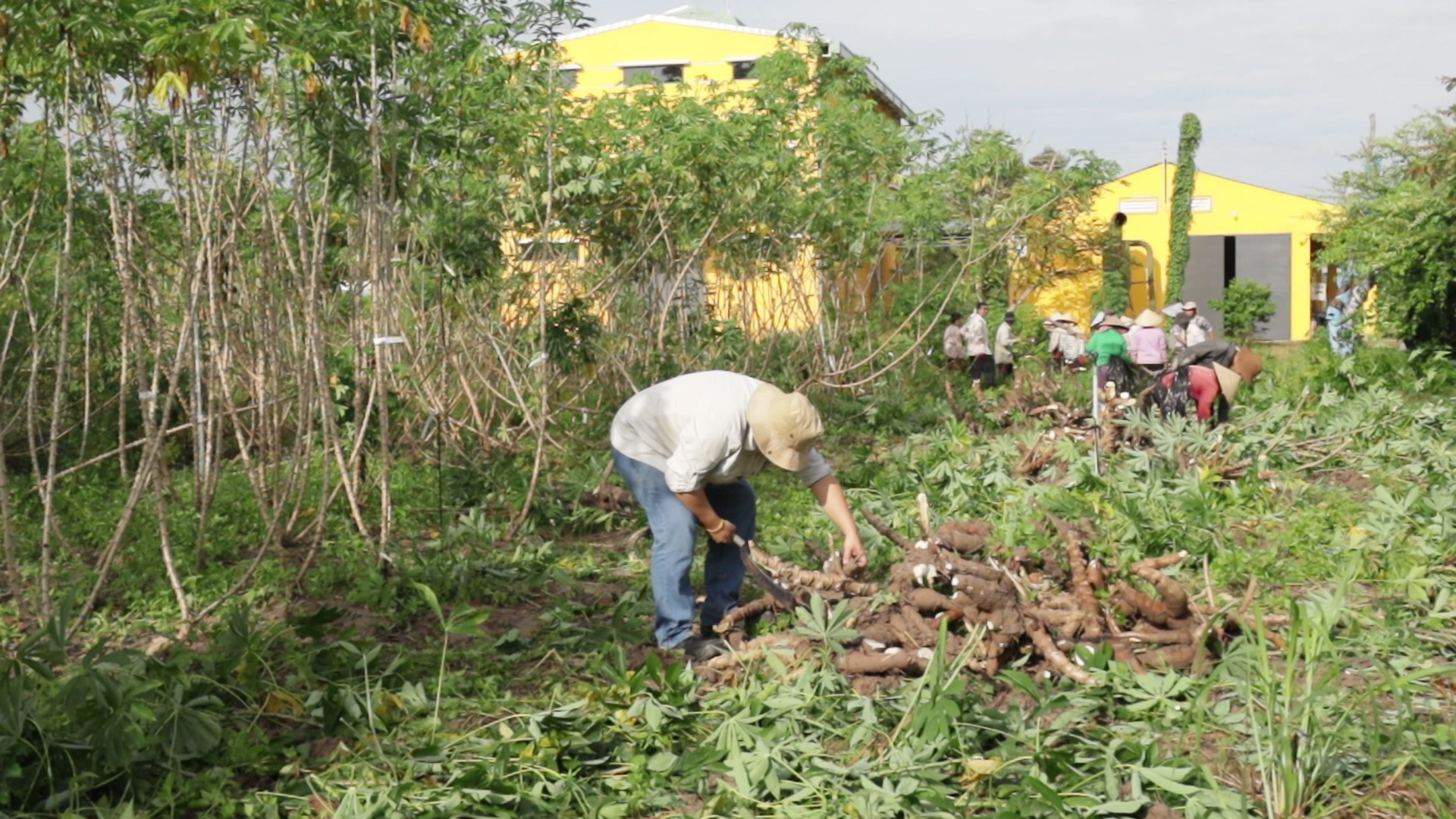
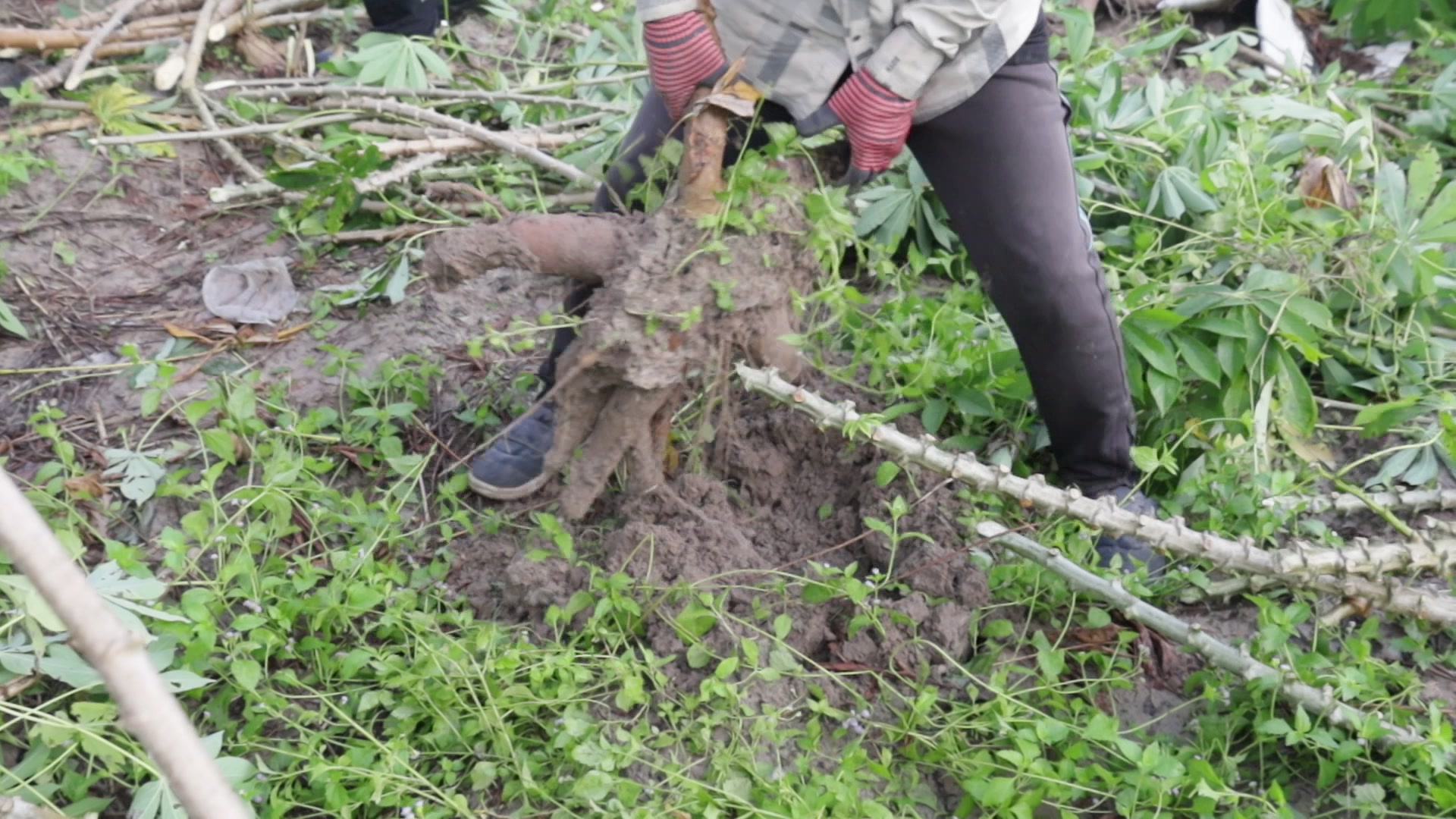
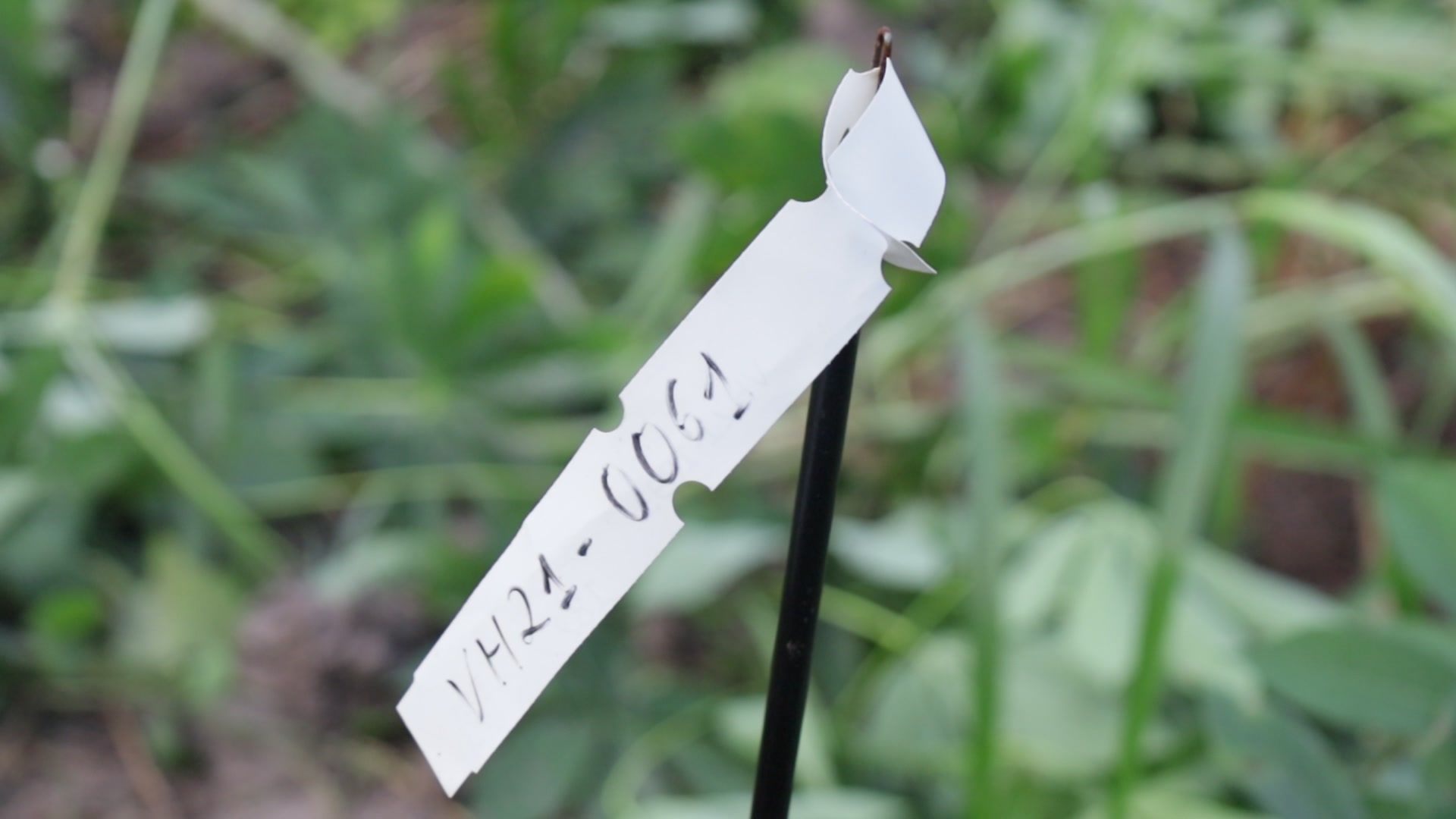
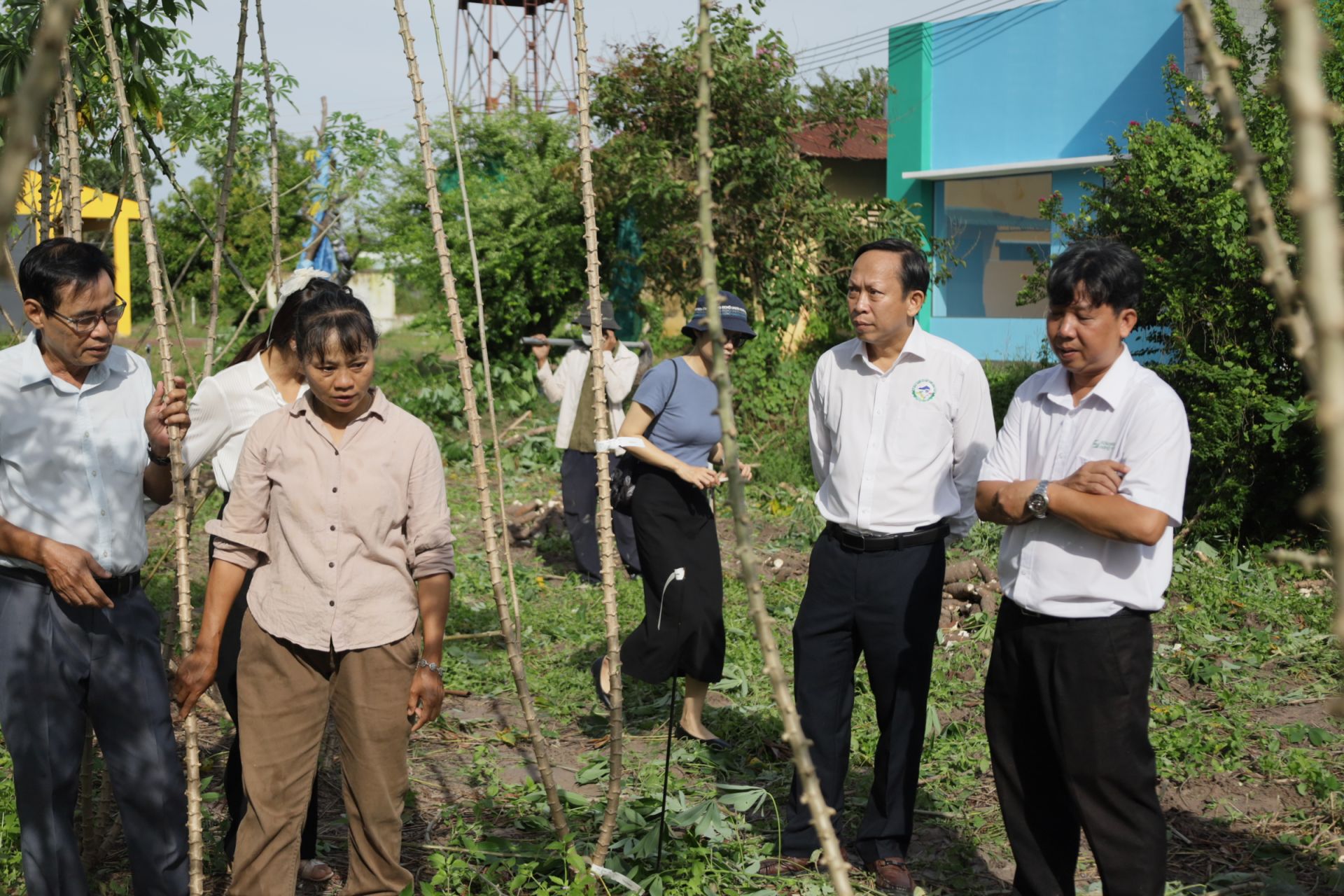



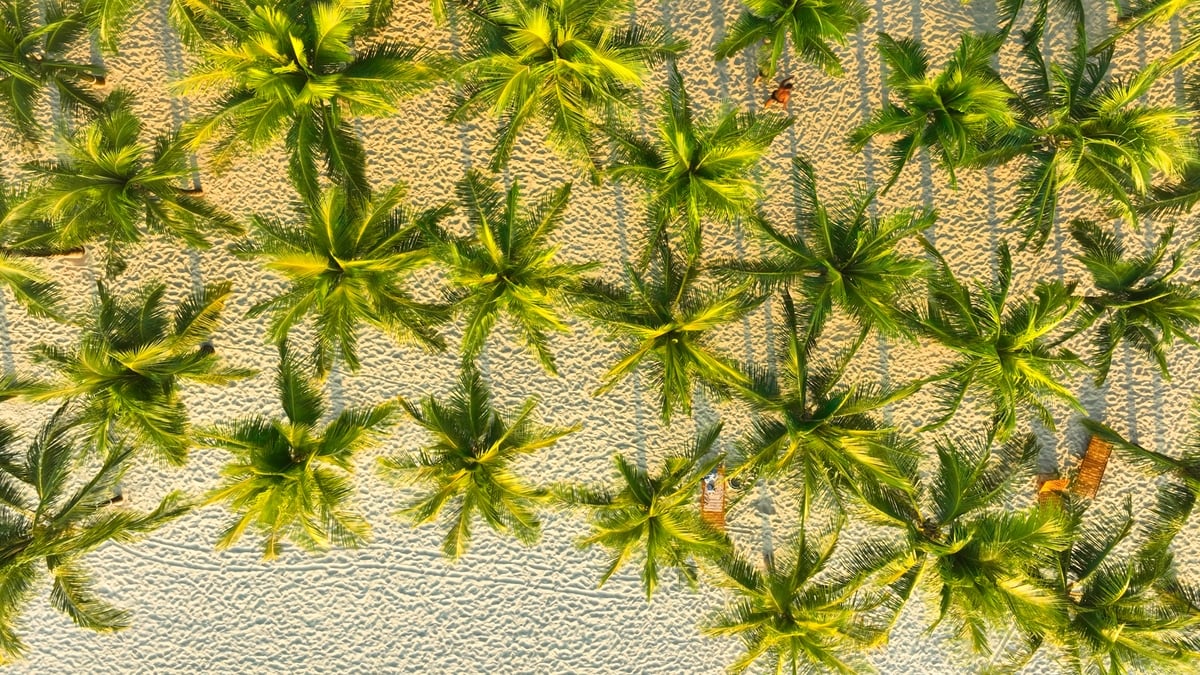
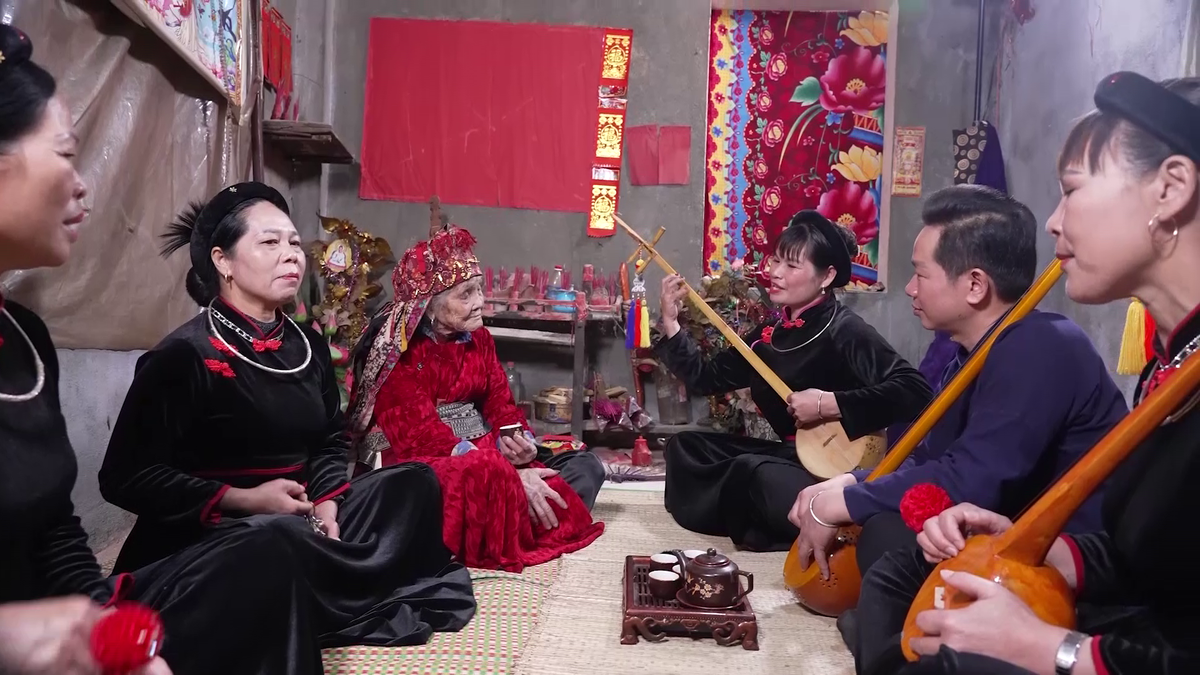
![[Photo] Prime Minister Pham Minh Chinh receives leaders of several leading Brazilian corporations](https://vphoto.vietnam.vn/thumb/1200x675/vietnam/resource/IMAGE/2025/7/6/3622160b379746e6bca82f804ea35e47)



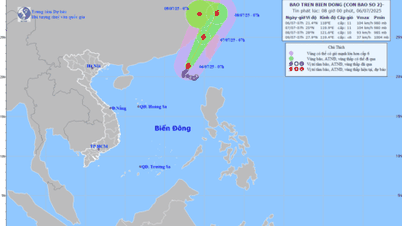

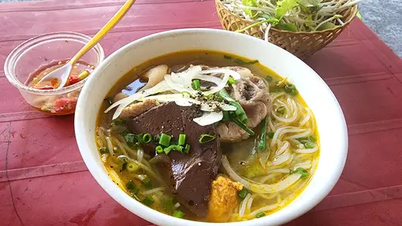













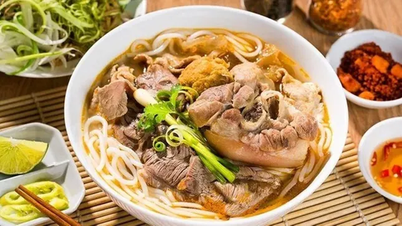









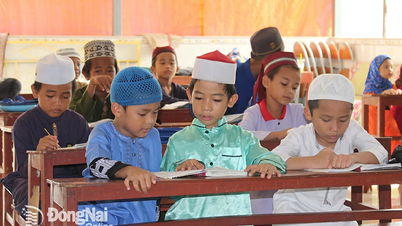













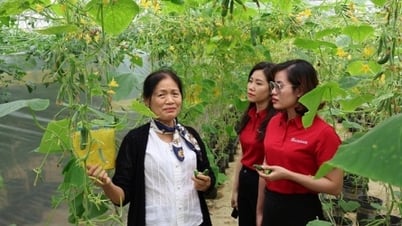








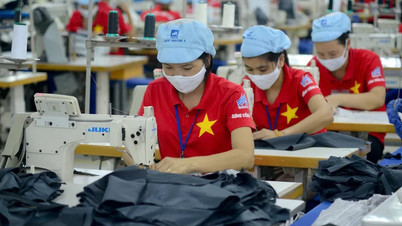















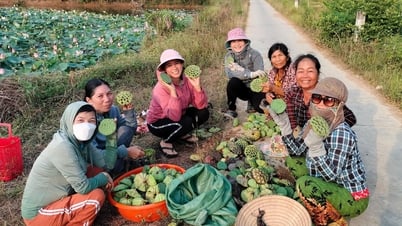

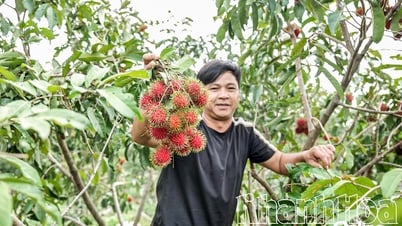


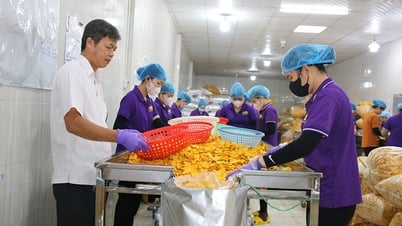

![[OCOP REVIEW] Bay Quyen sticky rice cake: A hometown specialty that has reached new heights thanks to its brand reputation](https://vphoto.vietnam.vn/thumb/402x226/vietnam/resource/IMAGE/2025/7/3/1a7e35c028bf46199ee1ec6b3ba0069e)










Comment (0)